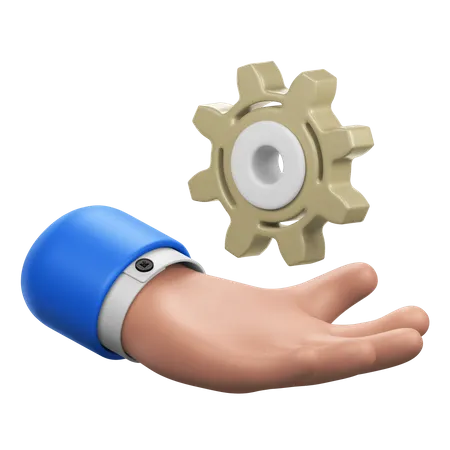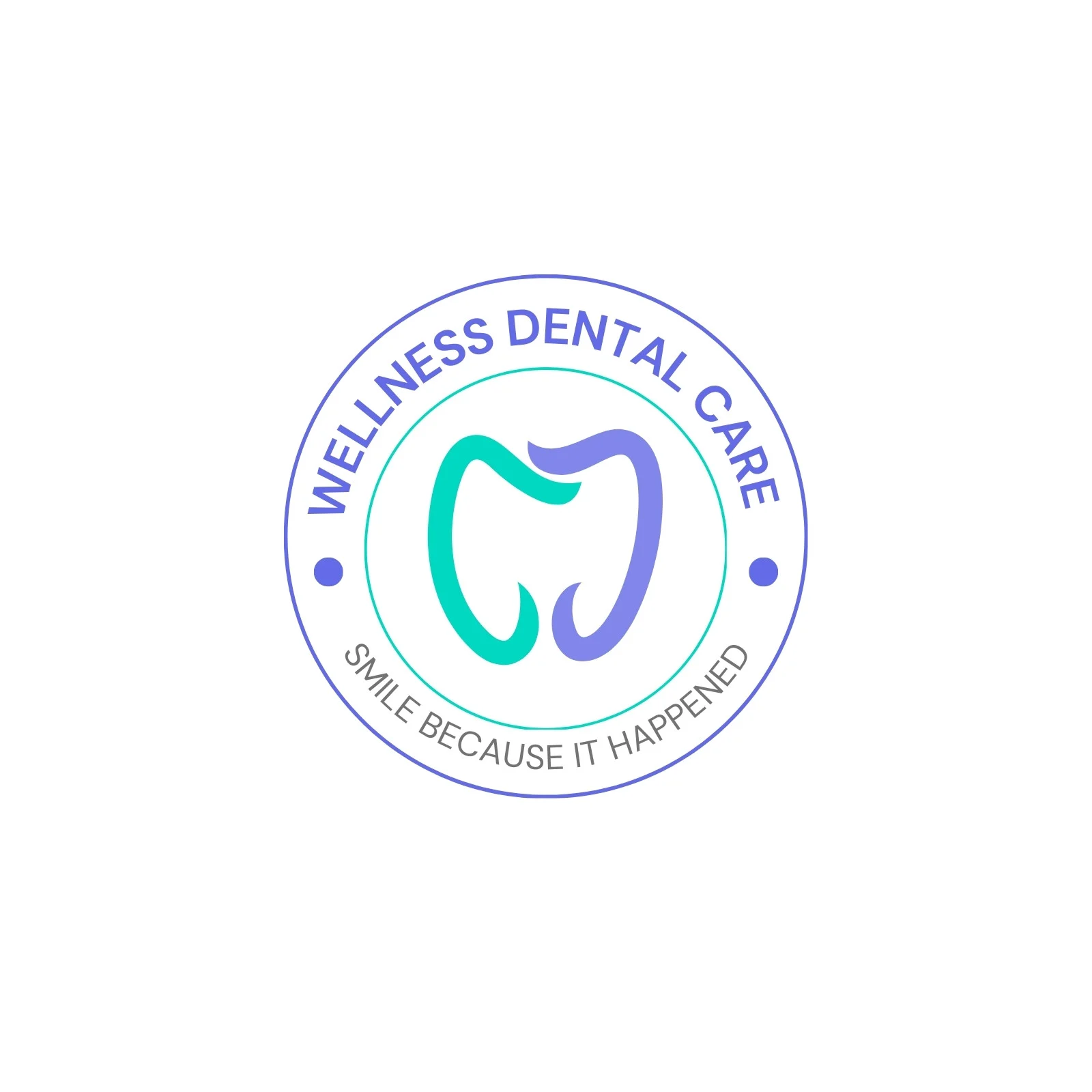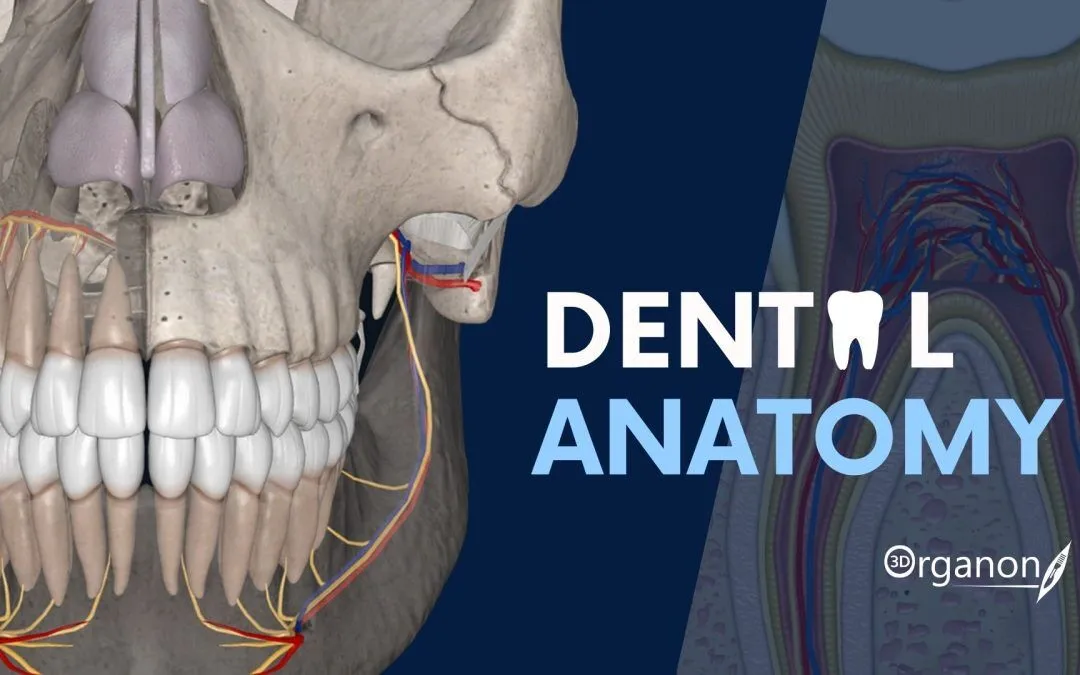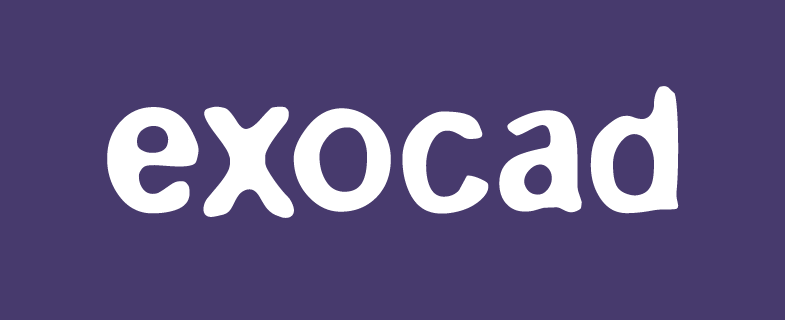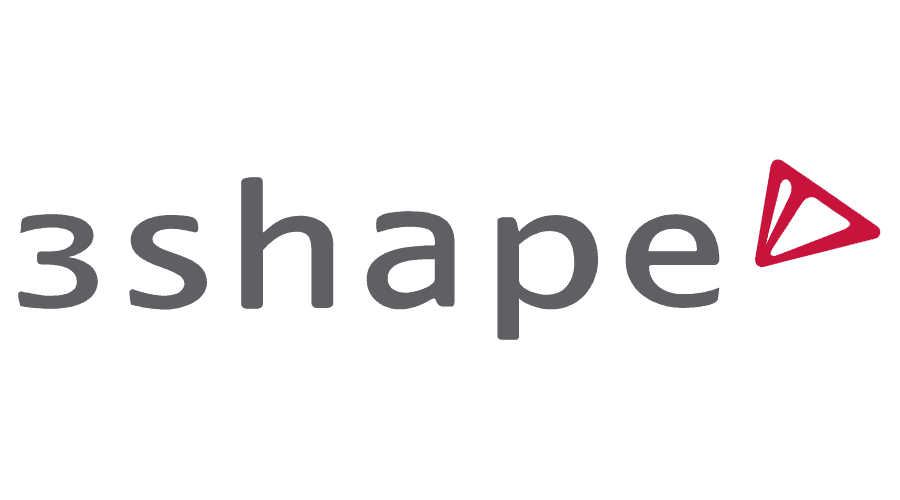Mandibula 3D Free — Open Jaw Visualization Tool
Context
Mandibula 3D Free is a stripped-down viewer made for exploring the lower jaw in three dimensions. Instead of trying to be a full clinical planning system, it sticks to a simple purpose: showing how the mandible looks, how it moves, and how it relates to the upper arch. Most often it finds a home in classrooms or teaching labs, where students need a clear picture of jaw mechanics without the overhead of loading patient scans. In smaller clinics it also works as a communication aid, helping practitioners explain malocclusions or prosthetic designs to patients in a way that’s easier to grasp than a flat diagram.
Technical Profile
| Area | Details |
| Platform | Windows desktop, OpenGL rendering |
| Dental focus | Mandible structure, occlusion, condylar articulation |
| Core modules | 3D jaw model, zoom/rotate controls, cross-section views |
| Interop | Standalone tool, not linked to PACS or EMR |
| Imaging | Ships with static anatomy dataset, no DICOM import |
| Security | No patient data, only demo material |
| Multisite | Easy to roll out across multiple classroom PCs |
| Backup/DR | Not relevant; dataset is fixed |
| Licensing | Free academic edition; extended features require commercial upgrade |
Scenarios (Dental-Specific)
– In an anatomy lecture, Mandibula 3D Free is projected on screen to show condylar motion during jaw opening.
– A prosthodontics course uses it to illustrate jaw alignment before discussing dentures or bridges.
– During orthodontic consultations, a clinic runs the viewer to point out jaw asymmetries and explain treatment options.
Workflow (Admin View)
1. Install on a Windows PC with basic 3D graphics support.
2. Launch and load the built-in mandible model.
3. Adjust viewing angles and slice planes for teaching sessions.
4. Demonstrate navigation controls (rotate, zoom, isolate regions).
5. Connect to a projector or shared screen for group learning.
6. Keep the same version across lab machines to ensure consistency.
Strengths / Weak Points
Strengths
Free and accessible for schools and small clinics.
Focused scope makes it simple to set up and use.
Clear 3D visuals that improve understanding of jaw anatomy.
Helpful as a teaching and patient-education tool.
Weak Points
Cannot import clinical imaging or surgical datasets.
Limited strictly to mandibular anatomy.
Rendering speed depends on PC hardware.
Lacks assessment or testing modules.
Why It Matters
The mandible is central to many areas of dentistry, from occlusion studies to prosthetic planning. Traditional atlases and 2D drawings don’t fully capture its complexity. Mandibula 3D Free fills that gap by letting users rotate, slice, and observe the jaw in motion. It is not a replacement for surgical planning systems, but as an educational and explanatory tool it adds real value. For dental schools working with limited budgets, or for clinics that want a simple way to explain jaw issues to patients, it provides a clear and practical solution without licensing overhead.

